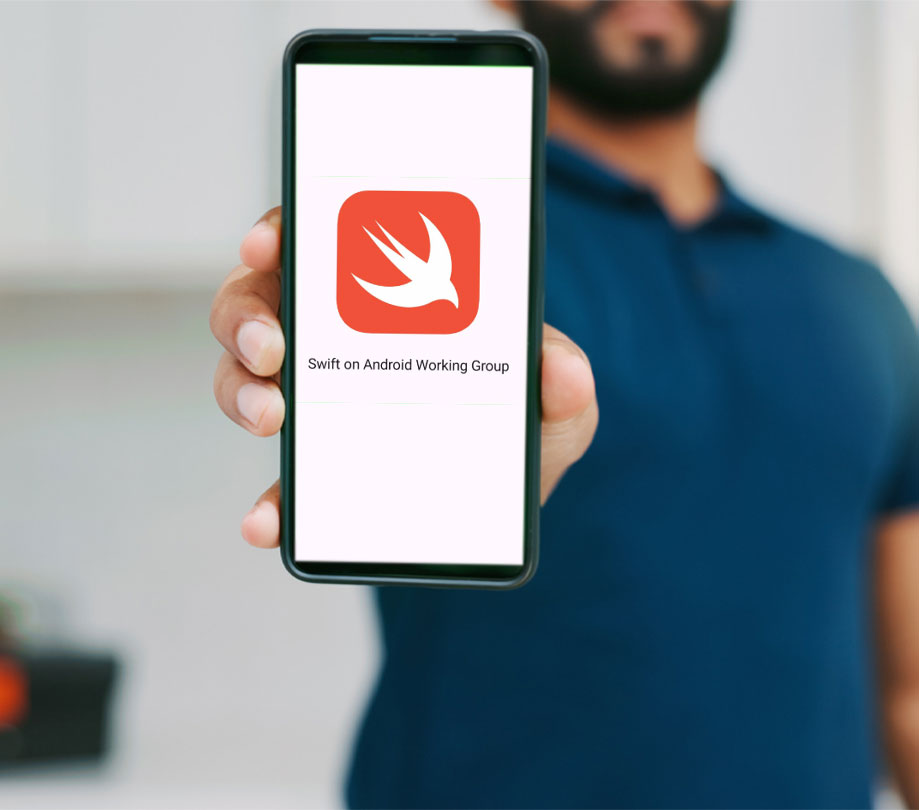Enterprise
Study Shows Companies Want Apps to Directly Impact Their Bottom Line
Tuesday, December 29, 2015

|
Richard Harris |

We recently visited with Mark Lorion, Chief Marketing Officer & Head of Product at Apperian, about the ramifications of the results of Apperian’s recently published the 2015 Enterprise Mobile App Trend Report, which analyzed nearly two million app deployments across hundreds of thousands of enterprise users.
Lorion is the CMO and Head of Product, whose responsibility is to establish and guide the company’s platform direction and go-to-market strategies.
ADM: Would you explain the purpose of the study.
Lorion: We conducted the study because we serve a unique position in the in mobile application management and security sector through our support of organizations of all sizes who need to secure enterprise mobile applications and have to distribute those apps to 100% of their end users.
We have had the opportunity to derive a significant amount of industry data through our work with of a wide range of organizations across many industries who are driving transformation with mobile apps.
We’ve found these types of studies provide unique insight into how enterprise’s approach mobile challenges. In other research reports we’ve conducted, 50% of workers said mobile apps for work would make their lives much easier, but only 60% of their employers are providing them with apps for work. Additionally, 65% of organizations that are happy with their mobility program are delivering apps to their employees.
We wanted to share our insights to help identify and help company’s apps to improve, and potentially revolutionize, their business.
ADM: What was the most surprising finding in this latest report?
Lorion: There was nearly no correlation between the impact of an app and the overall number of users, or the number of apps deployed. In the study, we saw deployments with apps that were driving extremely high levels of user satisfaction and ROI – and those apps were deployed to companies of all sizes.
ADM: Which industries have you found are utilizing enterprise mobile apps the most?
Lorion: Technology companies, that develop and sell technology products such as semiconductor chips, lead the pack in app deployments. Their leadership in mobility is not surprising since these kinds of companies hire tech-savvy workers who expect to leverage technology in support of their jobs.
Overall, technology companies, IT services and consulting account for about a third of the total apps deployed. These industries are heavy users of mobile apps and they traditionally have a large proportion of mobile and field-based workers.
ADM: How are these apps being deployed to users?
Lorion: We have found that companies that are the most successful in their mobility efforts make it easy for users to get those apps on their devices. The organizations in this study use various methods to achieve this, including private enterprise app stores, direct-download web-links, and even QR codes located in public spaces in the organizations.
There is one common thread with all these deployments – they use a mobile application management platform to secure and manage their applications. Our research highlights that a well-instrumented app store can drive the highest levels of adoption and user experience, while also serving as a source of analytics to help manage ongoing app health.
ADM: What does a successful app look like? What is an “app that matters”?
Lorion: Apps that matter are mobile applications with a direct business impact. They drive particular business metrics, whether that is increasing revenue, reducing costs, driving efficiency, or increasing employee and customer satisfaction metrics. The most successful mobile apps support a business process that aligns with strategic initiatives and drives key performance indicators. The business use case is often unique to each company or business unit.
That’s why working with an app “customer” is essential. These apps often have high levels of usage, are constantly being improved with new versions rolled out, and become core to business processes.
ADM: What do the findings say about the state of enterprise mobility?
Lorion: Our findings highlight that the true value of mobility comes from mobile data and applications. It also shows that the best companies not only recognize this, but they don’t try to boil the ocean from the start. They create a portfolio of apps, some of which might just help employees with basic tasks, while others may target more core business process. 

It also suggests that organizations are not just trying to equip their direct employees, but also deliver apps to extended workers, such as contractors, partners, and hourly workers. In our 2015 Enterprise Mobility Survey, we found that security was the top concern for IT organizations. The report shows that with mobile security and management capabilities rapidly improving, driving innovation with mobility is now a reality and organizations are creating competitive advantages through mobile apps.
ADM: What best practices does the study show a company should consider when building an enterprise mobile app strategy, and figuring out which apps will have the most impact?
Lorion: Our research and additional findings from our customer success team highlight these best practices to follow:
1.) Establish ownership to drive apps that matter
2.) Prioritize ideas for apps that matter by business impact
3.) Develop apps that matter by working closely with app customers
4.) Deliver apps that matter effectively and drive adoption
5.) Use analytics to identify and nurture apps that matter.
To identify apps that will be the most effective, an app owner should conduct internal research to determine where mobility can have an impact. It is also important to start developing apps in an agile process and work with your end-user. If the app owner observes how the users of the app work, shows them mockups or PoCs, and talks to them about what they need and want, the end result will be much more impactful.
It’s important to keep in mind that apps that revolutionize are powerful, but are a small percentage of apps deployed. Not every mobile app that you deliver will completely reinvent the way a particular function is performed. Focus on putting together a strong portfolio of apps and listening to your customers.
Companies should create a pipeline of app ideas and a process for evaluating those ideas. Inspiration for apps that revolutionize will continue to grow as you create an effective mobility program that is monitored through powerful app usage analytics.
Read more: http://appdevelopermagazine.com/partner/link/?ref=...

Become a subscriber of App Developer Magazine for just $5.99 a month and take advantage of all these perks.
MEMBERS GET ACCESS TO
- - Exclusive content from leaders in the industry
- - Q&A articles from industry leaders
- - Tips and tricks from the most successful developers weekly
- - Monthly issues, including all 90+ back-issues since 2012
- - Event discounts and early-bird signups
- - Gain insight from top achievers in the app store
- - Learn what tools to use, what SDK's to use, and more
Subscribe here











